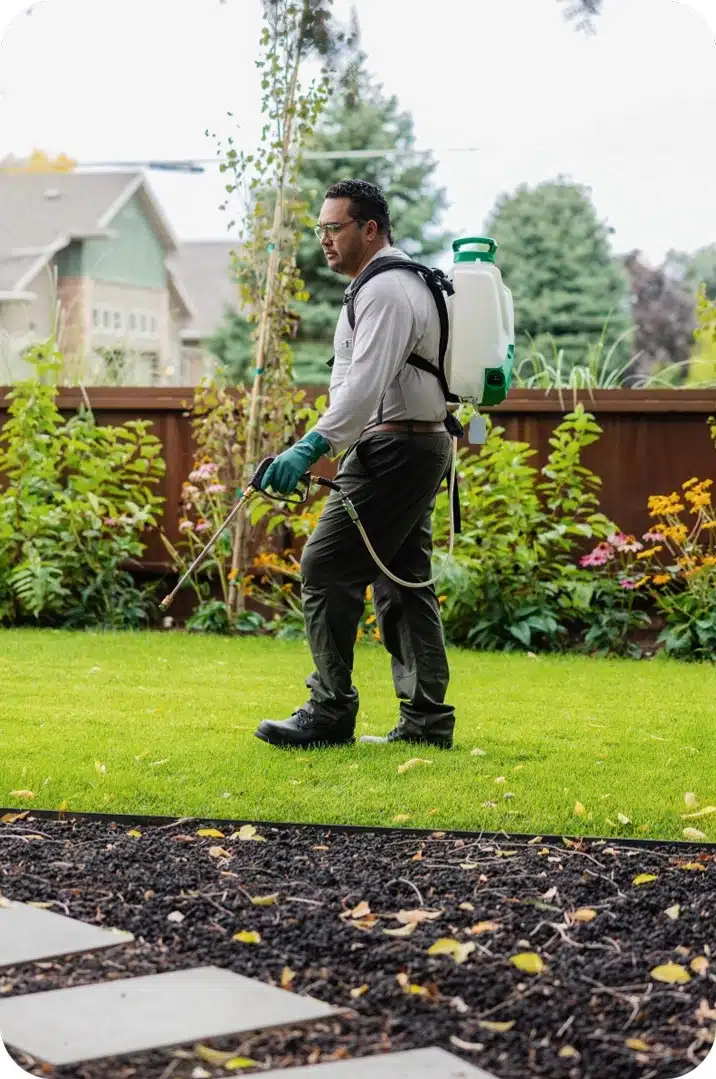Specialist A1 Charlotte Bed Bug Exterminator - Quality Service Assured
Specialist A1 Charlotte Bed Bug Exterminator - Quality Service Assured
Blog Article
Bed Pest Therapy Failure: Contrasting Chemical Vs. Non-Chemical Solutions
In the realm of parasite control, particularly when handling the consistent concern of bed pests, the choice between chemical and non-chemical treatment solutions can be a crucial one. Both methods supply unique advantages and downsides, influencing elements such as effectiveness, safety and security factors to consider, and total expense. By examining the nuanced details of each approach, a more clear understanding of which course to pursue in dealing with a bed bug invasion can be attained.
Performance of Chemical Therapies
Chemical therapies for bed pest invasions have been extensively recognized for their potent and rapid efficacy in removing these pests. When taking into consideration the effectiveness of chemical treatments, it is vital to comprehend that they can offer a comprehensive and fast remedy to a bed pest problem. Professional pest control specialists often rely upon pesticides to target bed insects at various phases of their life cycle, consisting of adults, eggs, and fairies. These chemicals usually function by interrupting the bed insects' anxious system, causing paralysis and ultimate death.
Additionally, chemical treatments have the advantage of providing residual impacts, implying that they can proceed to remove bed insects even after the preliminary application. This recurring action is especially valuable in combating any kind of possible re-infestations. Furthermore, the fast action of chemical therapies can bring alleviation to people encountering severe bed insect infestations, enabling them to reclaim control of their home swiftly.
Safety Interest In Chemical Solutions
One important facet that calls for careful factor to consider when making use of chemical remedies for bed insect treatment is guaranteeing the safety of occupants and the environment. Direct exposure to specific chemicals utilized in bed pest therapies can lead to respiratory system problems, skin irritation, or various other adverse responses, especially in people with pre-existing conditions or sensitivities.
Additionally, the environmental impact of chemical remedies is an additional considerable factor to consider. Some chemicals utilized in bed insect treatments may be damaging to beneficial pests, wildlife, and ecological communities if they leach into the soil or water systems. It is important to utilize chemical treatments deliberately, adhering to security guidelines, and considering less toxic choices to minimize these threats and ensure the safe and efficient administration of bed insect problems.
Advantages of Non-Chemical Strategies
Taking into consideration the possible safety and security concerns and ecological impact linked with chemical services for bed pest treatment, discovering non-chemical approaches presents a promising option with several unique benefits. Non-chemical treatments are environmentally pleasant, as they do not contribute to air or water air pollution, making them a sustainable selection for insect control.
In addition, non-chemical solutions can be effective in targeting bed bugs, including hard-to-reach areas where chemical treatments may not permeate - A1 pest control services charlotte. Methods such as warm treatment, vacuuming, steam cleaning, and bed mattress encasements give extensive eradication without the usage of harmful chemicals.
Limitations of Non-Chemical Treatments

Furthermore, non-chemical treatments often call for multiple applications to achieve successful eradication. This can be lengthy and might not constantly guarantee total elimination of all bed pests and their eggs, especially in hidden or hard-to-reach places.
In addition, the success of non-chemical treatments heavily relies on correct implementation and thoroughness, which can be challenging for people without specialist proficiency. Inadequate application of non-chemical approaches may lead to insufficient elimination, leading to relentless infestations and the demand for added treatments.
Therefore, while non-chemical treatments have their benefits, it is important to acknowledge these constraints and consider them when figuring out one of the most reliable technique for handling bed insect problems.
Price Comparison: Chemical Vs. Non-Chemical Options
Offered the constraints connected with non-chemical treatments, an essential aspect to look at this site evaluate in the context of bed pest administration is the price comparison between chemical and non-chemical choices. Chemical treatments typically entail the application of insecticides by experts, which can range from $250 to $900 per room, depending on the seriousness of the problem and the size of the location to be treated. On the other hand, non-chemical therapies like warm therapy or heavy steam can be a lot more expensive, with expenses ranging from $1,000 to $6,000 for a whole home. While the preliminary price of chemical treatments might seem reduced, multiple treatments may be called for to fully eradicate the invasion, potentially enhancing the total price. On the other hand, non-chemical alternatives might offer a more lasting and eco-friendly option, although they can be cost-prohibitive for some individuals. Ultimately, when thinking about the price of bed insect treatment options, it is necessary to evaluate the in advance costs against the effectiveness and lasting sustainability of the selected approach.
Conclusion

Taking into consideration the prospective security problems and environmental impact linked with chemical services for bed pest therapy, checking out non-chemical techniques provides a promising option with a number of distinctive advantages.Provided the restrictions associated with non-chemical treatments, a crucial element to review in the context of bed insect management is the expense contrast in between chemical and non-chemical options. In contrast, non-chemical treatments like warmth therapy or heavy steam can be more pricey, with prices ranging from $1,000 to $6,000 for a whole home. While the preliminary cost of chemical treatments might appear lower, numerous therapies might be needed to totally remove the invasion, possibly boosting the overall cost.In conclusion, when contrasting chemical and non-chemical bed bug therapy alternatives, it is crucial to consider effectiveness, safety and security, advantages, restrictions, and expense.
Report this page